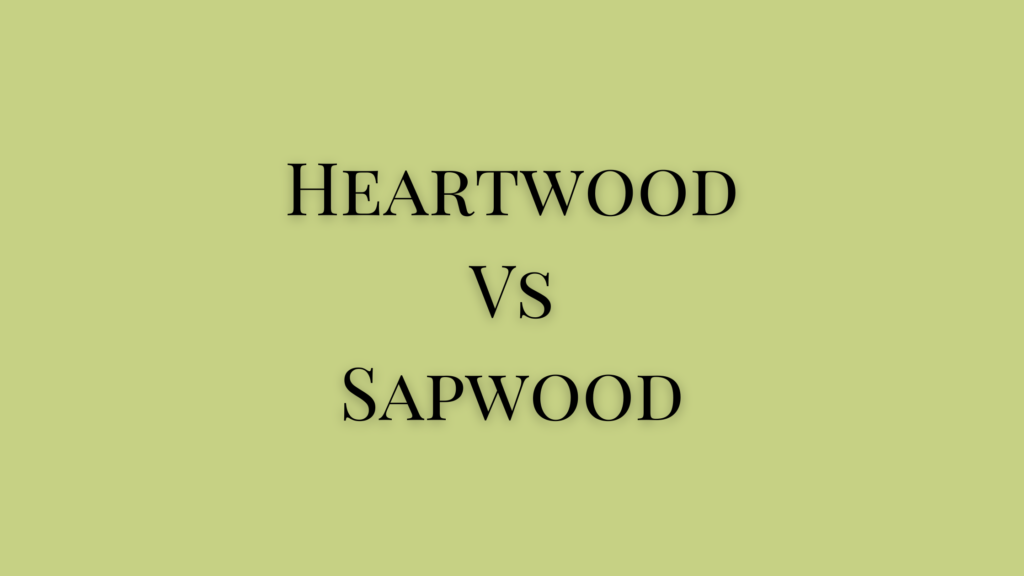What is Meant by Heartwood and Sapwood?
Sapwood refers to the living, outer part of the wood. This portion is lighter in color. It will be moist due to the flow of sap and water through it. It is made of younger xylem.
Heartwood refers to the non-living central wood of the tree that extends from its pith towards the sapwood. During secondary thickening over the years, the older secondary xylem undergoes physiological as well as structural changes. As a result, the oldest secondary xylem is seen at the center. This central xylem is inactive, dead, and harder, which is known as heartwood.
Characteristics of Heartwood
The heartwood appears grayish brown or reddish in color. The tracheids and vessels of heartwood contain resins, gums, and tannins produced by the adjacent parenchyma cells. These cells often form protrusions or balloon-like structures called tyloses.
Tyloses may appear single or in multiples. They grow into the vessels and tracheids to block the lumen making them inactive and dead. These protrusions initially have thin walls which thicken later as they store starch, resin, or other waste materials inside.
Similarly, xylem parenchyma also undergoes scalarification to become mechanically inactive. The presence of the compounds that infiltrate the heartwood causes its distinctive color. Each tree has a differently colored heartwood. These are deposited over the growth period of the plant.
Durability of Heartwood
Gradually, compounds like tannins, gums, etc., get deposited on the cell wall and intercellular passages thus reducing their permeability. These changes affect the overall water affinity of the wood as well. The lower the water permeability, the more durable the wood is.
In addition, the heartwood becomes compact and more durable to form timber. It is also free of pathogens. This is the reason why redwood, teak, and cedar wood are more popular for their durability and water resistance. Such woods are highly resistant to decay.
Functions of Heartwood
Heartwood is the inactive core of trees. They are hard and provide mechanical support to the tree as it grows taller. They form a pillar that supports the tree, especially during high winds.
The other function of heartwood is to resist decaying due to water penetration and other pathogens. Since the permeability of heartwood is nearly zero, the chances of decay of the core are minimal which improves the longevity of the tree. It helps the tree resist rot and infections.
Characteristics of Sapwood
Sapwood is the moist and living outer portion of the wood. The young xylem in this part conducts water and sap. The xylem here is arranged in a ring-like structure.
Although they are physiologically active they also provide mechanical support to the wood. This portion is lighter in color when compared to the heartwood. The color difference is more distinct in older trees.
As the tree ages, the living sapwood will be gradually converted into the non-living heartwood. Depending on the plant, the sapwood may stay intact as some plants do not form heartwood. In others, heartwood will be much less than sapwood which will be the dominant type of wood.
References
- Sukumaran O R. Pre-Degree Botany. Murali Publications.
- Abraham P C. Anatomy, Embryology & Microtechnique. 1999. St. Mary’s Books & Publ.
- What is Sapwood?




